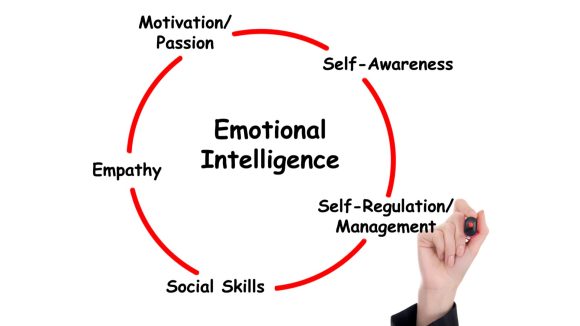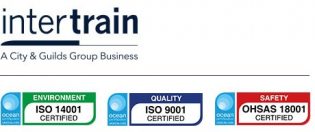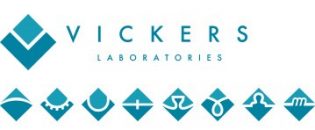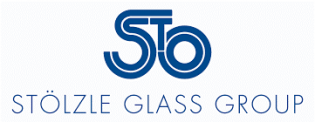Planning is a key part of any manager’s job. If you don’t plan, you decrease your chances of achieving your goals. Additionally, your team members will lack clarity around their roles which can result in everyone working towards different priorities and objectives.
That’s why it’s important to have strategic plans that focus on the long-term vision. Strategic plans give you direction and help individual employees understand how their roles fit with the big picture.
To support your strategic plans, you need tactical plans. Tactical plans look at the specific actions and steps needed to achieve the vision – the short and medium-term objectives.
In addition to your strategic and tactical plans, you also need operational plans. Operational plans address the day-to-day tasks and activities required to ensure the business runs effectively and efficiently.
There are two types of operational plans: single-use and ongoing. Single-use plans are plans for one-time projects, such as hosting an event, planning a launch campaign for a new product, or coordinating an office move.
Ongoing plans are for processes and procedures that happen all the time. This includes things like processing sales, handling complaints, dealing with customer enquiries, ordering stock, and so on.
The great thing about these processes is there are always ways to improve them – hence why the plan is ongoing.
The more efficient you can make these processes, the better it is for your business. Having efficient processes means less waste – whether that’s waste in terms of time, resources, or money.
The eight types of waste
In Lean, there are eight types of waste – defects, overproduction, waiting, non-utilised talent, transportation, inventory, movement, and extra processing. These can be remembered using the acronym DOWNTIME.
While Lean methodology was originally created for the manufacturing industry, these wastes can be applied to any industry. For example, in an office-based business, these wastes can present themselves as follows:
Defects: work that has been completed but does not meet customer standards or business needs and therefore has to be redone. For example, errors on invoices, files being lost, or data being input incorrectly.
Overproduction: work that is unnecessary or surplus to requirement, such as creating unnecessary reports, printing extra copies of something (just in case), or sending mass emails and irrelevant memos.
Waiting: time wasted waiting for information, people, or equipment. For example, being delayed by regular photocopier breakdowns, not having the right equipment in stock, long approval processes, or slow computer systems.
Non-utilised talent: this type of waste is often related to poor time management or unbalanced workloads. For example, you may have employees spending more of their time doing non-value-adding admin tasks rather than the work they were hired to do. Additionally, you may be lacking cross-skilled employees, which means you only have one or two people capable of carrying out certain tasks.
Transportation: as well as the waste caused by inefficient transportation of goods to customers, this type of waste also applies to transporting materials or documents between locations. For example, moving paperwork in and out of storage or having a poor office layout where employees have to cross the room or walk to another floor to access printers or stationery supplies.
Inventory: this type of waste can include ordering equipment or furniture before it is required or stockpiling stationery. This usually happens when there is no system for keeping track of what’s needed and how often it should be replenished.
Motion: time wasted on excessive motions such as having to walk between different workstations or departments looking for people or information, searching for items that don’t have a defined location, or searching for files.
Extra processing: this is often a result of using inappropriate techniques, creating processes that require too many stages or performing processes that are not required. For example, duplicating data entry, making forms unnecessarily complex, requiring multiple signatures for sign-off, or collecting information that is not used.
Being aware of these different types of waste can help you spot inefficiencies in your processes, which can then be eliminated. This frees up time for you or your team to work on value-adding tasks that help you meet your tactical and strategic objectives.
Using Deming’s Plan-Do-Check-Act cycle to improve efficiency
Deming’s plan-do-check-act (PDCA) cycle is a useful tool for improving inefficient systems and processes.
Plan: The first step is to identify what problem you are trying to solve or what outcome you are trying to achieve. Perhaps you have noticed that multiple order forms are being submitted with missing data.
Try to identify the root cause of the problem. For example, if data is missing from customer order forms, is it because certain questions are too complex? Perhaps all that is needed is a change of wording.
You’ll also need to decide what you will measure – how will you evaluate whether your new process is better than the existing process?
Do: This is where you test potential solutions. In some cases, you might start by testing your new process on a small scale to determine whether it is effective or not. For example, you could trial the new process within a single department, in a limited geographical area, or for a particular product or service.
Check: Now you need to analyse the results. Does the new process solve the problem or deliver the outcome you identified in the planning stage? Is the new process better than the existing one?
Act: If the new process works better than the old process, implement it across the whole organisation. Monitor the results. Are there any areas for further improvement?
The key thing to keep in mind with the PDCA cycle is that it is a cycle – it is ongoing. Your new process becomes the baseline. You then look for opportunities to improve it further.
Measuring operational success with the Balanced Scorecard
The most important aspect of operational planning is measuring your results. If you don’t measure results, it is difficult to know what is working well and where there are opportunities for improvement.
The Balanced Scorecard (BSC) can be used to measure the performance of the business. The concept of BSCs was introduced in 1992 by David Norton and Robert Kaplan. It involves measuring four main aspects of a business: customer perspective, financial perspective, learning and growth, and business processes.
Customer perspectives: How do customers view your business? Are they satisfied with the products and services in terms of quality, price and availability? Customer satisfaction can be measured through metrics such as customer acquisition, customer retention, customer feedback, or lifetime value.
Financial data: How is the business performing financially? Look at metrics such as sales, revenue, expenditure, budget variances, income targets, asset value, cash flow or cost management.
Learning and growth: How can you continue to improve, create value, and innovate? Are you utilising your internal knowledge and skills to gain a competitive advantage within the industry? This area looks at metrics such as employee satisfaction, retention, and turnover, as well as skills, education, and development.
Business processes: This area is all about operational management and internal processes. Here you are looking for any gaps, inefficiencies, or waste so you can identify areas for improvement. You should be looking to measure things like quality, time management, and resource allocation.
Using the Balanced Scorecard will help you keep track of how activities are being executed by staff and any consequences arising from these actions. The key to using it effectively is choosing the right metrics to measure.
Developing Operational Leaders
As a manager or leader, there’s always something new to learn or a skill you can improve and develop. Organisations need to support managers and leaders in this development, but you also need to invest in yourself.
Getting formal leadership and management training will not only help you build your leadership skills, it will also help you grow in confidence, and increase your chances of career progression.
Alternative Partnership delivers ILM-accredited Leadership and Management training programmes to support you and your teams in gaining formal, nationally recognised qualifications.
Find out more about our current ILM courses here or get in touch to discuss how our services could benefit you.












